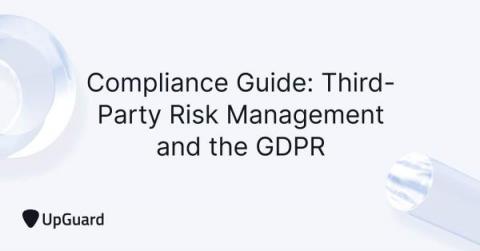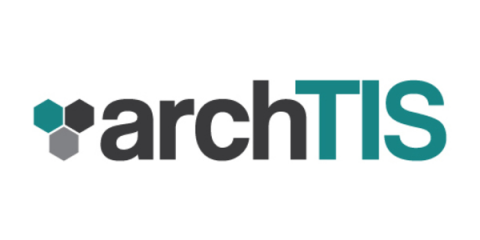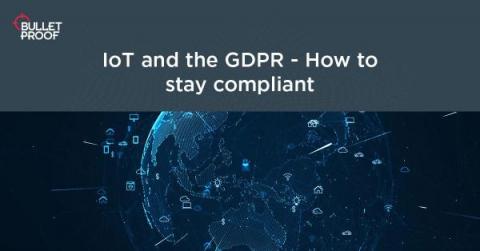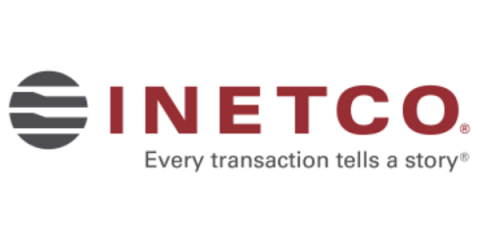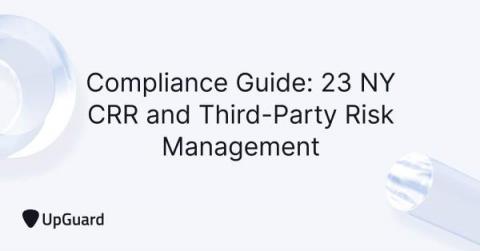Interview With CMMC Practitioner, Rhia Dancel
For the next installment in our series of interviews asking leading security and compliance specialists about their achievements in their field, we’ve welcomed Rhia Dancel, Lead Auditor and CMMC Registered Practitioner with the NSF. Rhia Dancel is an ISO/IEC 27001 and 9001 Lead Auditor for NSF-ISR as well as a CMMC Registered Practitioner and has previously held several auditing and technical positions in information security and pharma quality sectors.





